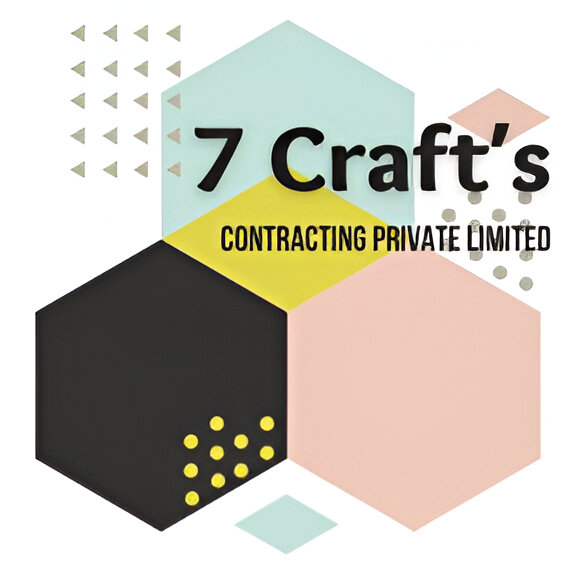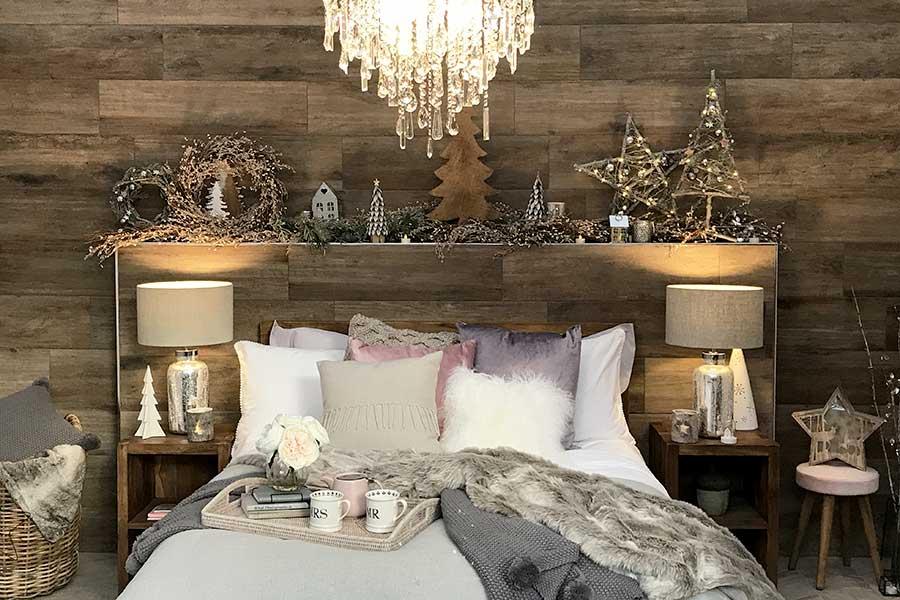Solid wooden cladding offers a variety of finish options, impacting both aesthetics and durability. Finishes range from natural oils and waxes that enhance the wood's grain to paints that offer vibrant, protective coatings. Treatments like wood preservatives are crucial for long-term protection against the elements. Types of Finishes: Natural Oils and Waxes: These finishes, like tung oil, enhance the wood's natural beauty and provide a breathable layer. Paints: Offer a wide range of colors and a protective coating, ideal for achieving specific design aesthetics. Preservatives: Chemical treatments that protect against rot, insects, and moisture, enhancing the lifespan of the cladding. Burnt Wood Finishes (e.g., Yakisugi): A traditional Japanese technique where wood is charred, creating a unique textured and weather-resistant finish, often with a leathery appearance. Glossy Finishes: Provide a sleek, modern look and can be applied to various wood types. Considerations for Choosing a Finish: Aesthetics: Consider the desired look (rustic, modern, etc.) and how the finish will complement the overall design. Durability: Assess the level of protection needed based on the climate and location of the cladding. Maintenance: Understand the upkeep requirements of different finishes and their longevity. Cost: Consider the initial cost and long-term maintenance costs associated with each finish. Installation: Horizontal or Vertical: The direction of the cladding can influence the overall design and visual appeal. Shiplap or Tongue and Groove: These methods of joining planks affect the weather-tightness and appearance of the cladding. Compliance with Standards: Ensure the installation meets building codes and standards for safety and longevity.
Send Message
